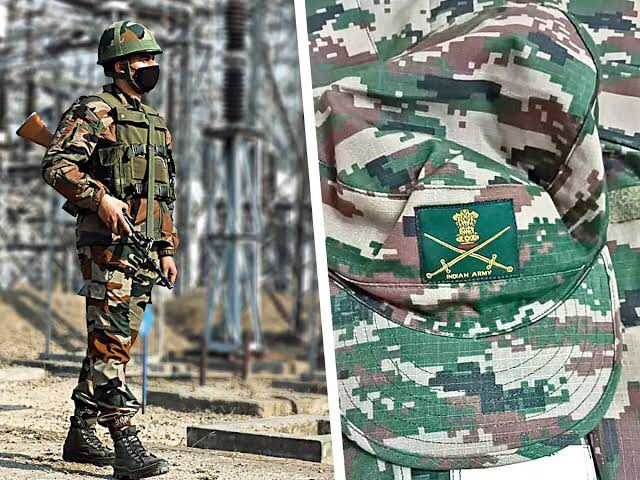The Indian Army and its uniform have evolved during the centuries ever since the East India Company days till date due to its rich history. East India Company created its first foothold in Bengal when it first started recruiting native men into their army. The Indian soldiers reassembled and reused the uniform worn by the soldiers who served the British crown. The peculiar red blazer or scarlet tonic which has been an integral part of period movies depicting British India, was the standard uniform. While there were some hints of Indian dresses which were also a part of the military uniform, by 1857 that the uniform became completely identical to the ones serving the British crown in order to maintain evenness and also to reflect a dominant trait from the Britishers.
Post the mutiny or Revolt of 1857, the uniform transcended from the bright red to more organic and subtle khaki. The Khaki seemed to be more comfortable than the previous uniform as it absorbed less heat and also helped a great deed in camouflaging in dusty terrains of the Indian subcontinent. By the 1890s, the Khaki became the standard uniform of all the British troops including the British Indian troops. The Khaki uniform was also donned at the time of the first and second world war. The Indian soldiers who were deployed during the war, wore khaki shorts in the tropical region.
The Indian Army, post-independence, donned the legendary olive-green uniform, particularly done to distinguish Indian Troops from Pakistani troops, as the Pakistani troops retained the khaki uniform which was a British inheritance. The olive-green uniform became synonymous with the Indian Army, as the Army wore the same-colored combat uniform during 1965 and 1971 wars. However, as times changed and more territorial disturbances surfaced in India, the need to introduce camouflage patterns was also felt by the Army. Therefore, the Indian Army adopted a new brush stroke camouflage uniform whilst retaining the legendary olive greens as a duty uniform. The Brush stroke uniform was adopted by the Indian Army by the early 19800s. The camouflage-based uniform helped the soldiers to blend into their surroundings to avoid visual detection from a distance.
The camouflage pattern was later improved and evolved into a modern PC DPM camouflage pattern. DPM stands for Distributed Pattern Material. The PC DPM pattern is inspired by the French Woodland DPM and is currently the combat uniform of the Indian Army. The DPM uniform is perfect for most of the Indian conditions like dense jungles of northeast and thick vegetation at the LOC. However, the uniform created a lot of hassle in the terrains like Rajasthan, where desert camouflage patterns are comparatively more effective.
The most recent Indian Army uniform was unveiled at the Army Day parade on 15 January 2022. A new uniform is an attempt to create a universal camouflage which is likely to suit most of the terrains of India. A new uniform will also be unveiled in the later stages.

